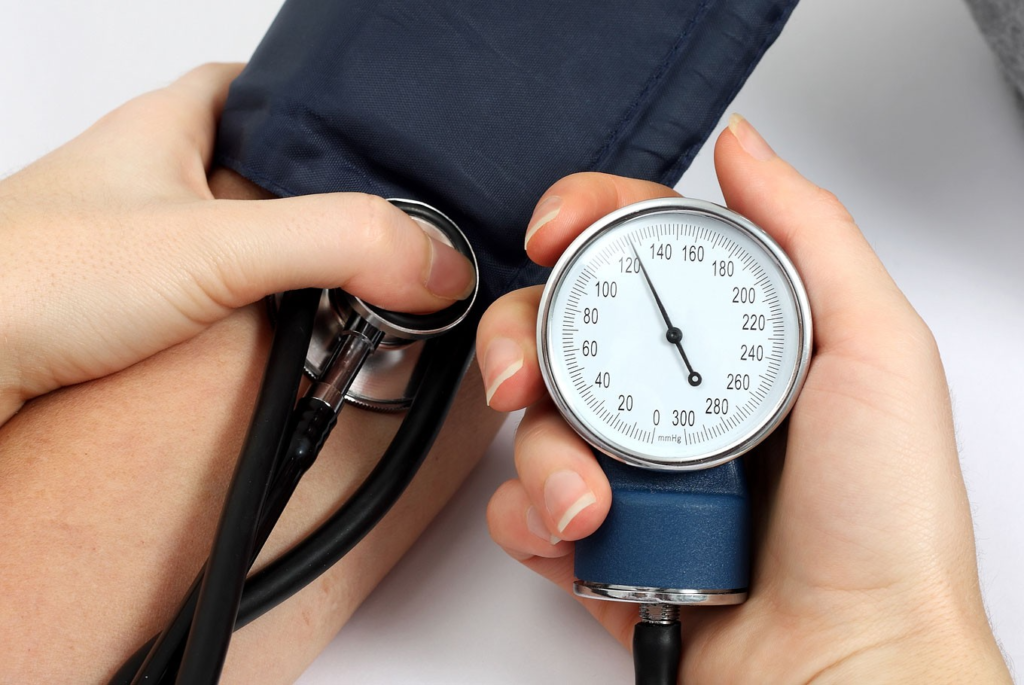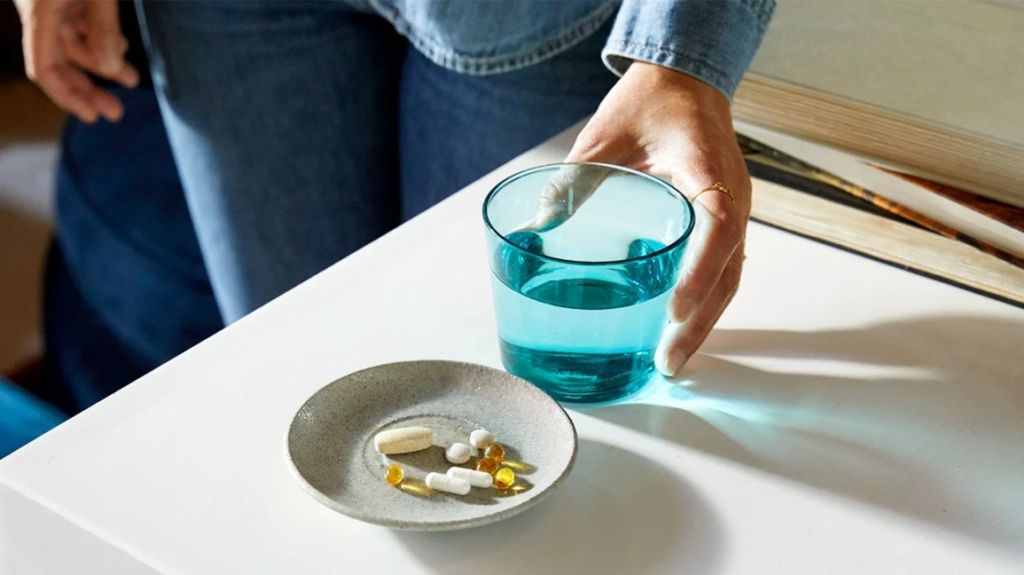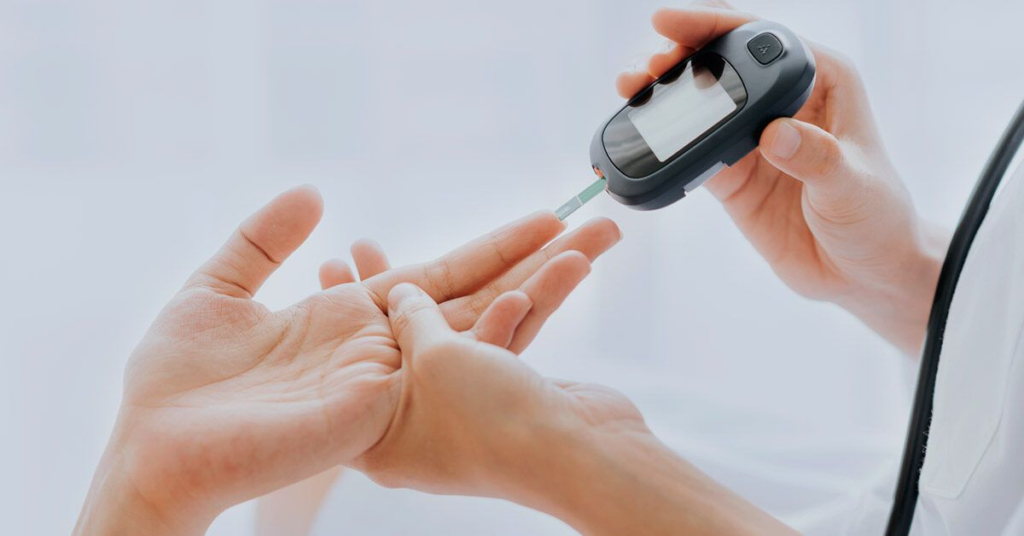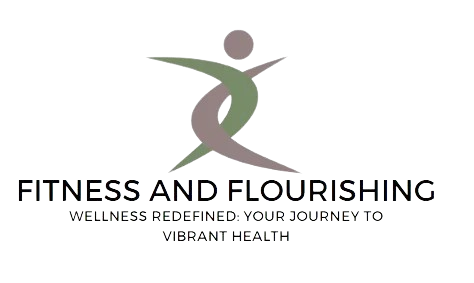A stroke occurs when blood flow to part of the brain is interrupted, depriving it of oxygen and nutrients. This can lead to lasting damage and even death. While some risk factors for stroke are uncontrollable, like age and family history, there’s a lot you can do to take charge of your health and significantly reduce your chances. Here are 7 key strategies to keep your brain healthy and stroke at bay:
How to prevent stroke?
Living a healthy lifestyle is your best defense against stroke. This means eating a balanced diet, exercising regularly, maintaining a healthy weight, and managing stress.
You should also quit smoking and limit alcohol consumption, as both can increase your blood pressure and risk of stroke.
1. Lower blood pressure
High blood pressure is a significant risk factor for stroke. Lowering blood pressure significantly reduces the stress on your blood vessels and the chance of them rupturing or becoming blocked.
This can be achieved through healthy lifestyle changes like diet and exercise, but medication is sometimes necessary. Lowering blood pressure is crucial to preventing stroke and protecting your long-term brain health.

2. Lose weight
Losing weight is a powerful weapon in your fight against stroke. Excess weight strains your heart and blood vessels, raising your risk of high blood pressure and other stroke-related conditions.
Even moderate weight loss can significantly improve your cardiovascular health. By creating a sustainable calorie deficit through diet and exercise, you can lose weight, reduce your stroke risk, and feel better overall.

3. Exercise to prevent stroke
Regular exercise is a cornerstone of stroke prevention. It strengthens your heart, improves blood flow, and helps you manage your weight—all factors that significantly reduce your risk. Aim for at least 150 minutes of moderate-intensity or 75 minutes of vigorous exercise each week.
Even small bursts of activity throughout the day add up, so take the stairs, go for a brisk walk, or join a dance class. Make exercise a fun and regular part of your routine to keep your brain healthy and stroke at bay.

4. If you drink, do it in moderation.
Some research suggests a possible link between light to moderate alcohol consumption and a reduced risk of ischemic stroke (caused by blood clots), it’s essential to be cautious. Heavy drinking significantly increases your stroke risk. If you choose to drink, moderation is key.
Talk to your doctor about the right amount for you, keeping in mind that there may be no health benefit at all from alcohol consumption. Remember, a healthy lifestyle is the best way to prevent stroke, and that includes managing your alcohol intake.

5. Treat atrial fibrillation
If you have been diagnosed with atrial fibrillation (AFib), a condition where your heart beats irregularly, treating it effectively is crucial for stroke prevention. AFib increases the risk of blood clots forming in the heart, which can travel to the brain and cause a stroke.
Medications or minimally invasive procedures can help regulate your heart rhythm or prevent clots from forming, significantly reducing your stroke risk. Talk to your doctor about the best treatment plan for managing AFib and protecting your brain health.

6. Treat diabetes
People with diabetes face a higher risk of stroke due to chronic high blood sugar levels damaging blood vessels. To prevent stroke, effective diabetes management is essential. This includes following a doctor-recommended diet, exercising regularly, and taking medications as prescribed to maintain healthy blood sugar levels. By controlling diabetes, you can significantly reduce your risk of stroke and protect your long-term health.

7. Quit smoking
Smoking is the primary culprit behind strokes. The harmful chemicals in cigarettes damage blood vessels, increasing the risk of blockages and ruptures. Quitting smoking is one of the most impactful steps you can take to prevent strokes.
The benefits start immediately, with your blood pressure lowering and your risk of stroke dropping significantly. By quitting smoking altogether and staying smoke-free, you’ll dramatically improve your cardiovascular health and significantly reduce your chances of a stroke.

How do you identify strokes fast?
Face drooping: Does one side of the face droop or feel numb? Ask the person to smile. Is it uneven?
Arm weakness: Can the person raise both arms equally? Does one arm drift downward?
Speech difficulty: Is speech slurred, garbled, or difficult to understand? Ask the person to repeat a simple sentence.
Time to call emergency services: If you notice any of these signs, contact emergency services immediately—every minute counts in getting treatment for a stroke.


